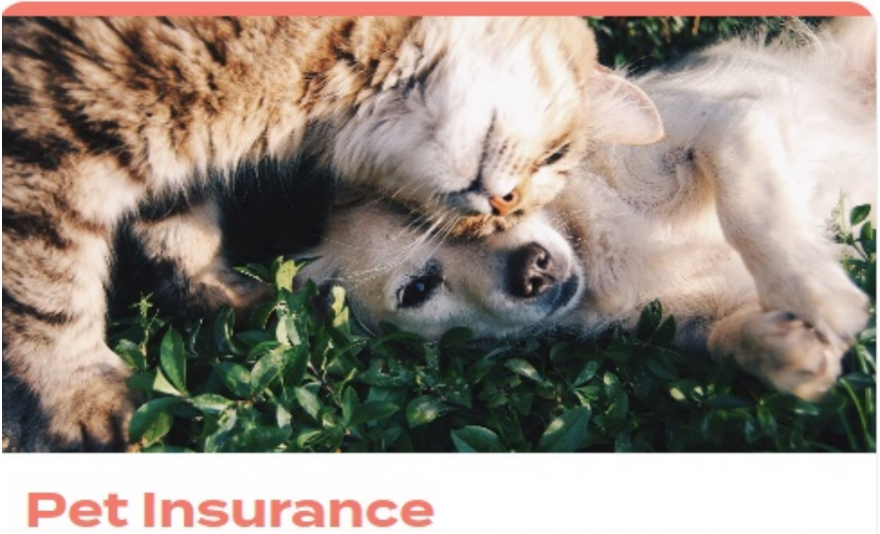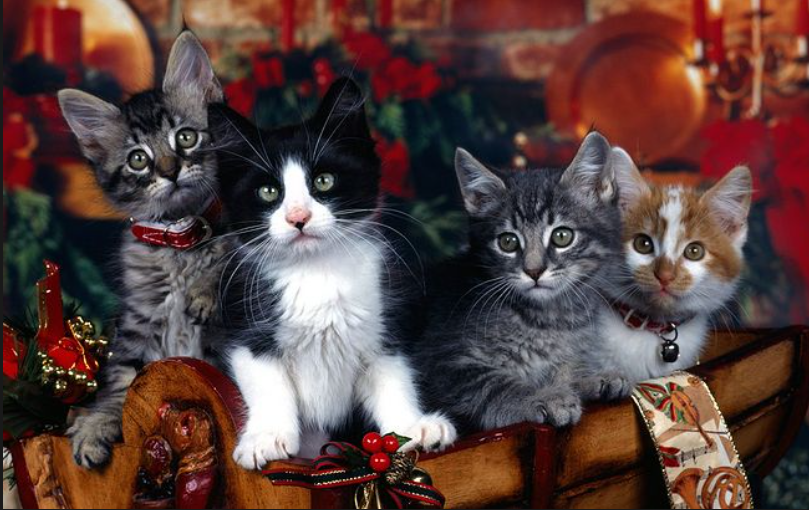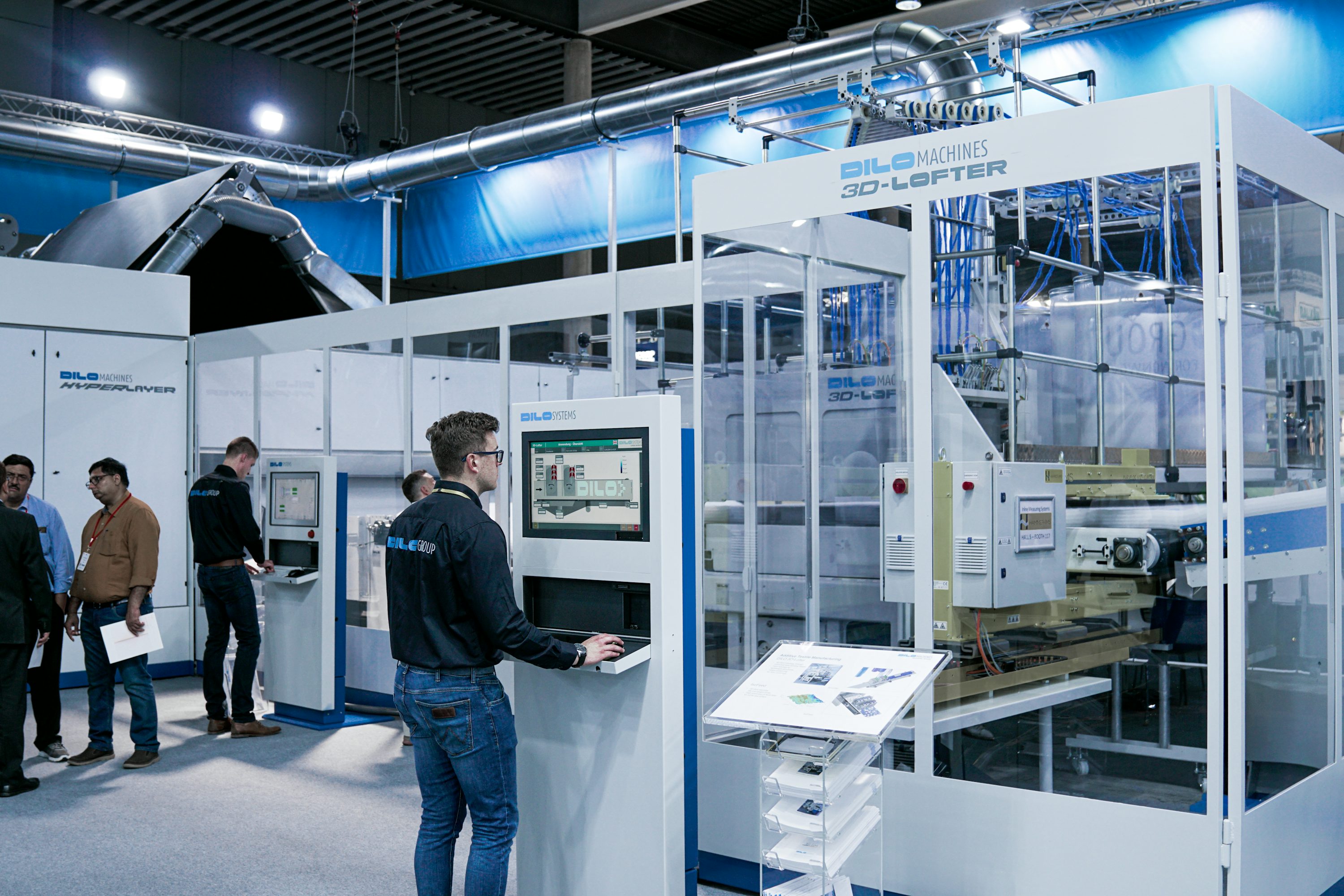
In Europe and the US, pets have transcended their traditional roles to become integral members of households, fostering a burgeoning pet insurance market. This transformation is propelled by multifaceted growth drivers, with profound implications for future expansion.
Fundamental to this upsurge resides the affective connection between pet owners and their furred companions.Contemporary society is progressively regarding pets as familial members, prompting owners to accord primacy to their welfare. Surveys indicate that over 70% of pet owners in the US and EU consider their pets “family members,” leading to a willingness to invest in comprehensive healthcare. This emotional connection has spurred a paradigm shift from reactive to proactive pet care, with insurance emerging as a strategic safeguard against unforeseen veterinary costs.
Economic factors also play a pivotal role. The escalating costs of veterinary treatments, fueled by technological advancements and specialized care, have rendered out - of - pocket expenses unaffordable for many. For instance, complex surgeries can cost upwards of $5,000, prompting a growing demand for financial protection. Pet insurance offers a pragmatic solution, providing coverage for routine check - ups, emergency procedures, and chronic conditions. This cost - sharing mechanism alleviates financial burdens while ensuring pets receive optimal care.
Demographic trends further fuel market expansion. The rise of dual - income households and the increasing number of young professionals without children have elevated pet ownership rates. Millennials and Generation Z, in particular, prioritize pet wellness and are more likely to embrace insurance as a responsible pet - ownership practice. Additionally, an aging pet population, with senior animals requiring more frequent medical attention, intensifies the need for comprehensive coverage.

Looking ahead, the pet insurance market’s future is promising. Technological innovations, such as telemedicine and wearables, will enhance preventive care and data - driven underwriting, optimizing policy offerings. As pet humanization continues, insurers may expand coverage to include alternative therapies, mental health support, and even end - of - life care. Furthermore, regulatory developments aimed at standardizing policies and improving consumer protection will bolster market credibility.

In conclusion, the pet insurance market in Europe and the US is poised for sustained growth, driven by emotional, economic, and demographic forces. The emotional bond between pet owners and their companions will continue to strengthen, as societal norms increasingly recognize pets as family members. This will fuel a constant demand for comprehensive coverage that ensures pets receive the best possible care throughout their lives. Economically, as veterinary technology advances and treatment costs rise, pet insurance will remain an essential financial safeguard, protecting households from the high expenses associated with pet healthcare. Demographically, the aging pet population and the growing influence of younger generations with distinct pet - ownership values will expand the customer base.
As societal attitudes towards pet care evolve, the industry’s ability to adapt to emerging needs will determine its long - term success. Insurers must embrace technological innovation, develop more personalized policies, and enhance customer experiences. By doing so, the pet insurance industry will not only thrive in the market but also solidify its role as a cornerstone of modern pet ownership, enabling pet owners to provide optimal care and enjoy fulfilling relationships with their beloved companions.




